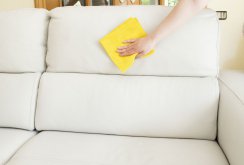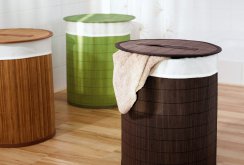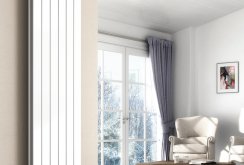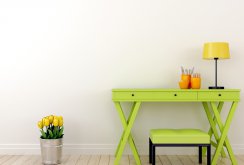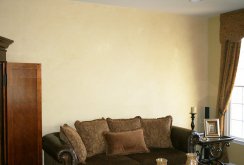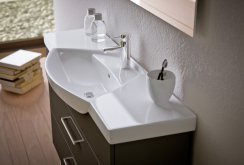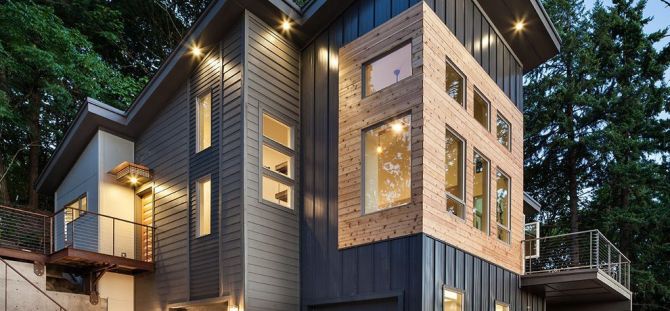 Metal siding: types, installation features and application of the material (21 photos)
Metal siding: types, installation features and application of the material (21 photos)
Metal siding is a modern facing material used for buildings of various purposes. He has a lot of positive characteristics.
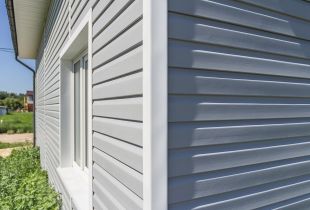 Ship siding: characteristics, scope and types (20 photos)
Ship siding: characteristics, scope and types (20 photos)
Siding under a ship board is a common way of facing facades of houses. Accessibility, presentability, durability, ease of installation and operation explain the popularity of this finishing material.
 Doorbell: types, structural features, recommendations (23 photos)
Doorbell: types, structural features, recommendations (23 photos)
A doorbell is not just a warning device. Modern devices can perform an incredible number of functions. It remains only to choose what is needed for each potential buyer.
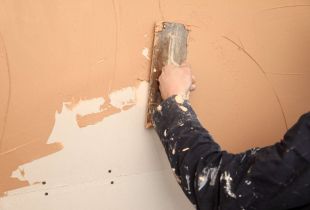 All about acrylic putty
All about acrylic putty
Acrylic putty is a modern finishing material that allows you to perform many construction tasks. The key to success: the right kind of finish, in composition, texture and performance.
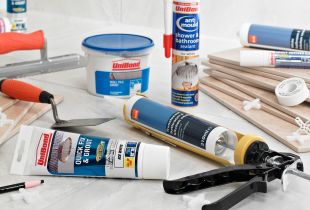 Sealant for outdoor use: everything you need to know
Sealant for outdoor use: everything you need to know
Hermetic compounds are widely used in modern construction. It is important to protect any structure from moisture and cold, to give the structure integrity and completeness.
 Sealant for wood - a reliable solution to the problems of cracks and crevices
Sealant for wood - a reliable solution to the problems of cracks and crevices
Sealant for wood is very practical in everyday life and during repair. It allows you to firmly fasten wooden elements without leaving any residue and unpleasant odor.
 Sandwich panels in construction: new opportunities
Sandwich panels in construction: new opportunities
Sandwich panels are used everywhere in construction today. Lightweight but at the same time sturdy construction protects from the weather and retains heat.
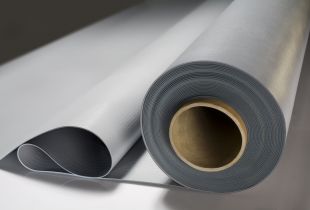 Windproof membrane: affordable home protection
Windproof membrane: affordable home protection
Reliable protection of the heat-insulating material from wind flows in the roofing cake and the ventilated facade is provided by windproof membranes. They provide good vapor permeability of the structure, protect from moisture. Windproof membranes are easy to install, ...
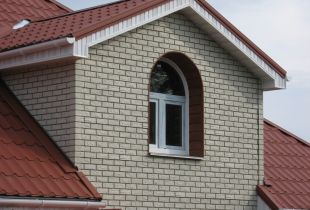 Brick facade panels: budget imitation of elite finish (20 photos)
Brick facade panels: budget imitation of elite finish (20 photos)
Brick facade panels are easy to install with your own hands: enough basic tools and basic skills. They are cheap and presented in a rich variety, which determines their popularity.
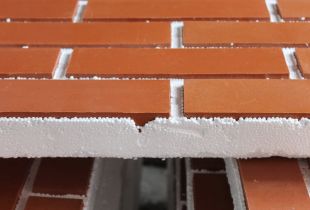 Front thermal panels: main types (20 photos)
Front thermal panels: main types (20 photos)
Facade panels are a beautiful and warm facing material that provides reliable protection of the house from heat loss and negative environmental influences. A wide selection of thermal panels with marble chips or clinker allows you to choose products ...
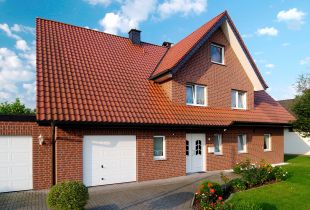 Front panels: main types and features of installation (21 photos)
Front panels: main types and features of installation (21 photos)
Facade panels for exterior decoration of the house are a practical material. A wide range allows you to choose facade panels in accordance with the construction budget and design project. Composite facade panels can be used not only ...

 Ship siding: characteristics, scope and types (20 photos)
Ship siding: characteristics, scope and types (20 photos) Doorbell: types, structural features, recommendations (23 photos)
Doorbell: types, structural features, recommendations (23 photos) All about acrylic putty
All about acrylic putty Sealant for outdoor use: everything you need to know
Sealant for outdoor use: everything you need to know Sealant for wood - a reliable solution to the problems of cracks and crevices
Sealant for wood - a reliable solution to the problems of cracks and crevices Sandwich panels in construction: new opportunities
Sandwich panels in construction: new opportunities Windproof membrane: affordable home protection
Windproof membrane: affordable home protection Brick facade panels: budget imitation of elite finish (20 photos)
Brick facade panels: budget imitation of elite finish (20 photos) Front thermal panels: main types (20 photos)
Front thermal panels: main types (20 photos) Front panels: main types and features of installation (21 photos)
Front panels: main types and features of installation (21 photos)
